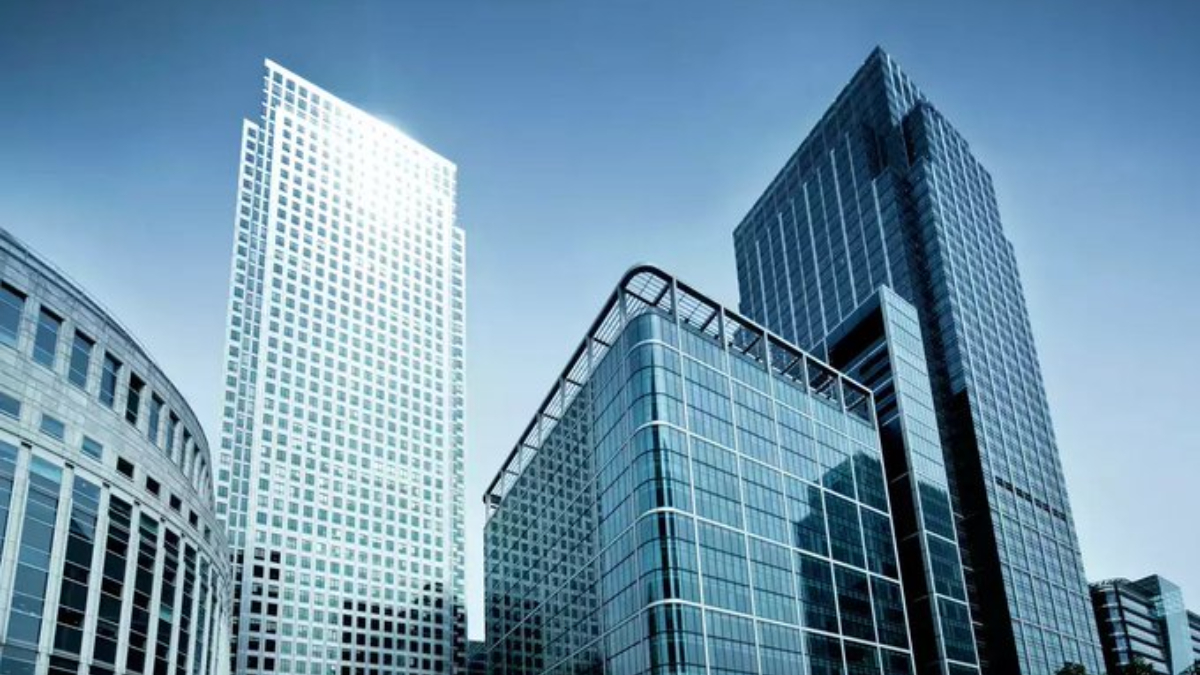Knight Frank, in its latest edition of the Asia-Pacific Prime Office Rental Index for Q3 2024, cited that Delhi-NCR is the 6th most expensive office space rental market across the APAC region. Hong Kong SAR continues to be APAC’s most expensive office market during the quarter.
Prime rents in the NCR remained stable in Q3 2024, while Mumbai and Bengaluru saw year-over-year (YoY) increases of 5% and 3%, respectively, driven by strong occupier demand and limited new supply. In Q2 and Q3 2024, combined transaction volumes across these three markets hit consecutive all-time highs.
The prime office rent Mumbai was recorded at Ŕs 317/sqft/month and was the 8th most expensive commercial market in the APAC region.
This growth is largely attributed to two key sectors: Global Capability Centres (GCCs) and India-focused businesses. The surge reflects optimism about India’s economic future, its rich talent pool, business-friendly regulations, and the ongoing growth of its vast consumer markets.
Prime Office Rentals Remain Robust
Prime office rentals in Delhi-NCR, Mumbai, and Bengaluru remained robust year-on-year, and rental rates are expected to stay stable over the next 12 months. Overall, 16 out of the 23 monitored cities reported stable or increasing rents year-on-year, up from 15 in Q2 2024.
Shishir Baijal, Chairman and Managing Director, Knight Frank India, said, “The resilience of the Indian economy continues to attract strong global corporate interest, as reflected in the sustained demand across India’s major office markets. Quarterly transaction volumes have reached record highs and are likely to exceed annual benchmarks in 2024, while rental rates remain stable. This positive outlook, supported by consistent physical occupancy, steady rent levels since 2022, and rising demand in 2024, underscores our confidence in the sustained strength of the Indian office market in the near to medium term.”
The Asia-Pacific prime office sector is poised to remain tenant-favourable in 2024. With an ample supply pipeline, landlords have had to adopt accommodative strategies to sustain occupancy levels. Following the delivery of over 12 million sqm of office space in 2024, the supply pipeline for 2025 is expected to decrease by about one-fifth, the report added.

